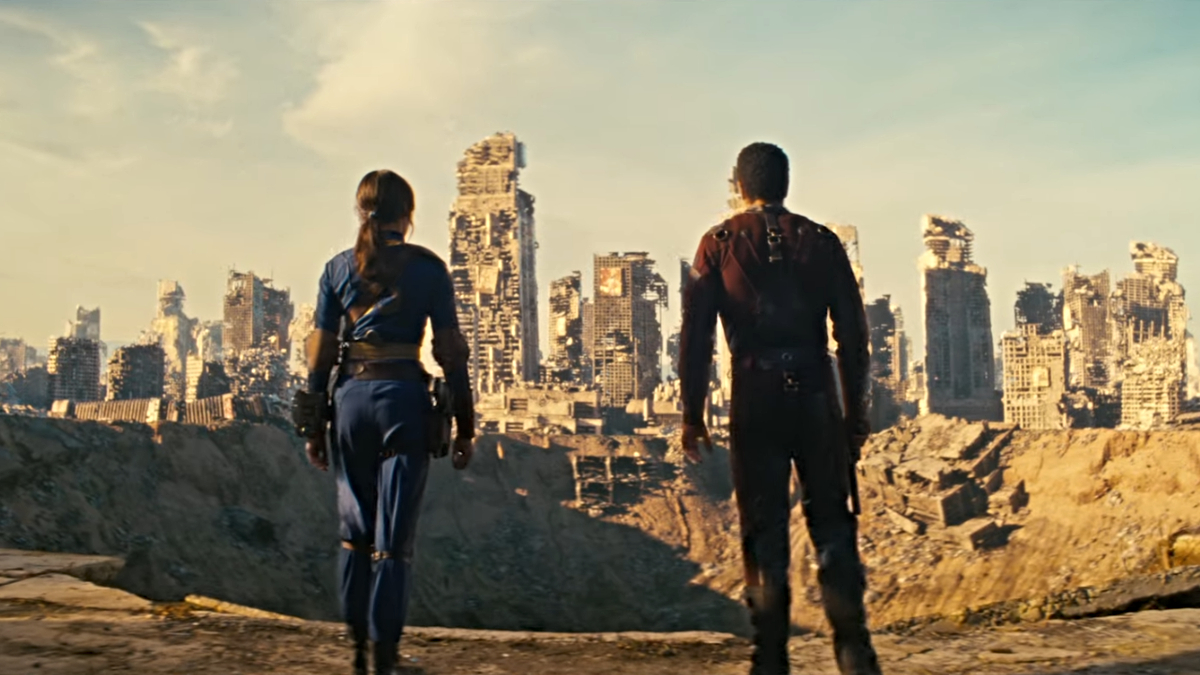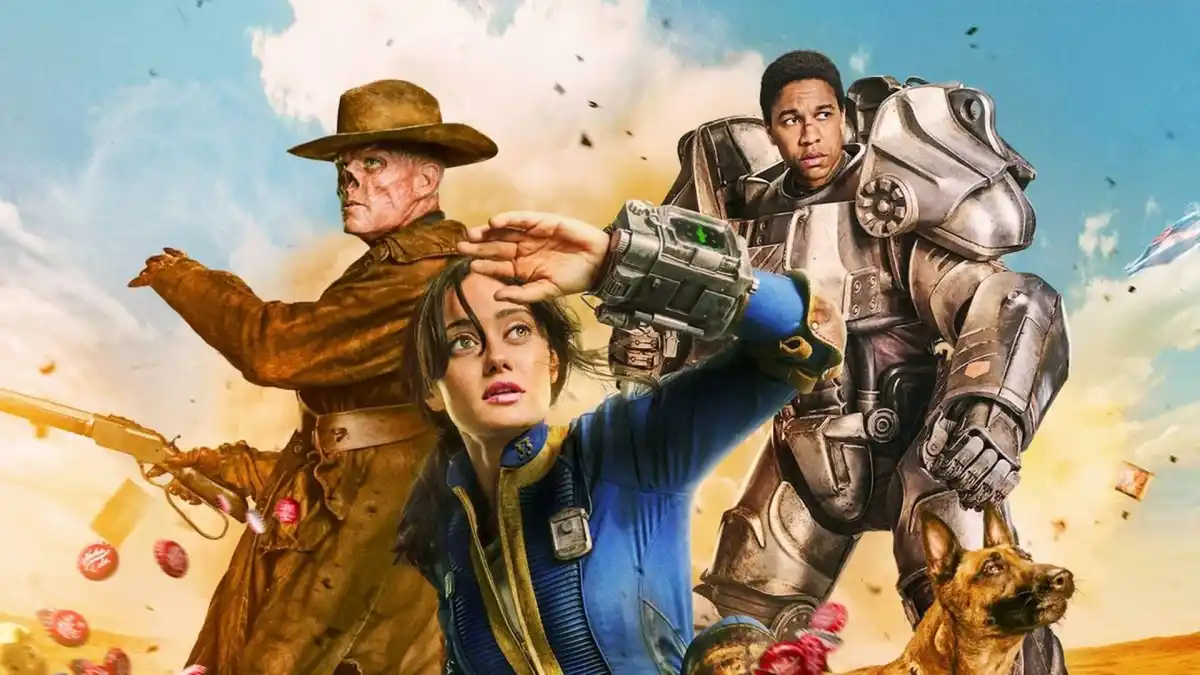For many, Akira is synonymous with anime even 30 years since its release.
Arguably the property which helped the medium gain a foothold outside of Japan, it’s name has become known outside of the immediate fandom and has made its way into music, art and even pop culture. Big-name musicians in the west like Kanye West and Lupe Fiasco have cited it as an inspiration for their work, creating music video homages and even naming albums after it. In Hollywood, its footprint is just as pronounced, with films like Chronicle taking liberties in imitating its themes with telekinetic, super-powered teens clashing in bids for dominance and references to it in recent blockbusters like Ready Player One.
In Japan, it’s mark is even more widely felt, especially among manga and anime creators: Masashi Kishimoto, the creator of the legendary Shonen series Naruto, has gone on record saying his art style was heavily inspired by Akira creator Katsuhiro Otomo’s, and several others have spoken on the work’s influence on them through the compilation art book OTOMO: A Global Tribute to the Mind Behind Akira. Even when taking a brief glance at the dynamics and themes of popular shows and works, it’s easy to draw parallels between the main conflict of Tetsuo and Kaneda and the conflicts of Goku and Vegeta, Naruto and Sasuke, or even Deku and Bakugo.
With all the time that’s passed since it first released though, it would be understandable to think the series’ influence may have dwindled with time; that it would have passed the torch on to new properties and started to fade into history. And yet, looking at the landscape of anime and the role it still holds across the world as it passes its 30th anniversary this week, it’s managed to maintain its relevance in the cultural landscape, if not increased it over time.
So how did Akira achieve this? How did it manage to become something capable of remaining in the sphere of influence across the decades, while other works have dwindled and faded with time?
Simply put, because it’s a work that does more than tell an engaging story of cyberpunk dystopia and Seinin battles. It’s a story of new generations coming to terms with the past, and making the most of what they have to pass something better on to those that come after them.

Each character, from Kaneda and Tetsuo, to the test subjects Kiyoko, Takashi and Masaru, and most every other character in the film, have grown up in a world ravaged by a cataclysmic event, struggling to survive and reclaim a normal way of life lost in the destruction. They want to feel in control of their lives again, and throughout the film, take measures to achieve this in their own ways. For Tetsuo, it means using his newfound telekinetic powers to crush and eliminate those who made him feel powerless, engaging in bloody and maniacal rampages. The test subjects, meanwhile, rise up against him and try to prevent him from becoming more powerful, maintaining the status quo of uneasy peace that has reigned since the event. And then, there’s Kaneda, Tetsuo’s old friend who attempts to stop the fighting and set things right, taking on Tetsuo and those who wish to control him in order to protect what he holds dear and keep it from being destroyed.
Each character seeks to change their circumstances and the world around them, and while some of their choices are far from being the best or even the morally good option, they’re what is available to them and what is in line with who they are. This humanizes them in a way that is hard to find even in the best of works across any medium, and so it’s no surprise so many people across different generations have felt something resonant about it. As fantastical as it may be in execution, it’s no different than any person in real life trying to rise up from where they’re at toward something better, even if the methods used to do so aren’t as pretty and clean as they’d hoped.
It’s through this that Akira remains something special, something that can still be enjoyed by most anyone at any time. It stands as a work capable of inspiring new artists, animators and creators to make things better, and to keep trying to be better than they or the ones before them were in the past. It’s one of the most influential anime ever for a reason and will continue to be one for years or decades to come.
For more great anime content, check out our list of the ten greatest anime rivalries of all time as well as our take on why it’s ok that Attack on Titan won’t be the biggest Shonen show of the summer 2018 season.













Updated: Jul 23, 2018 03:28 pm